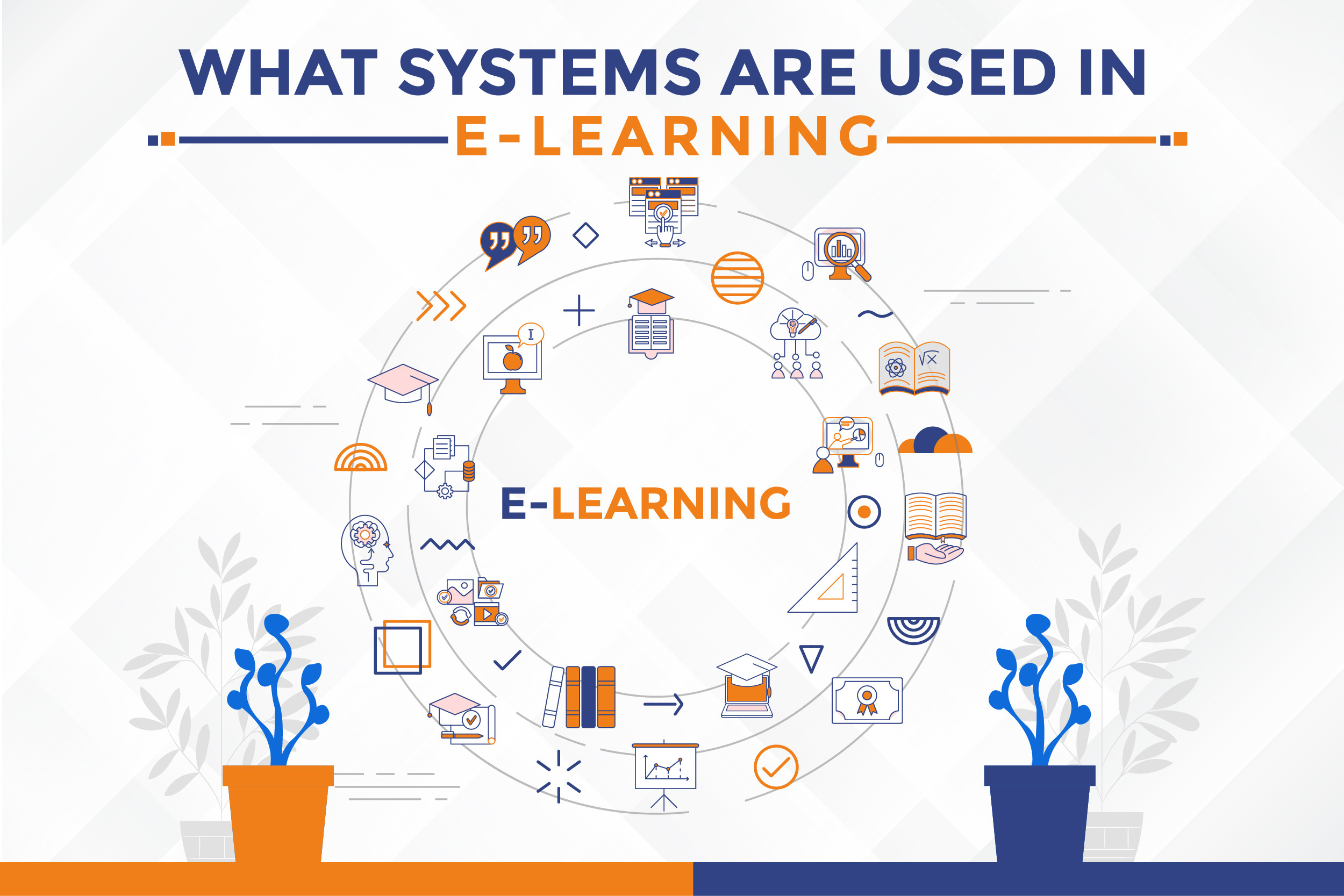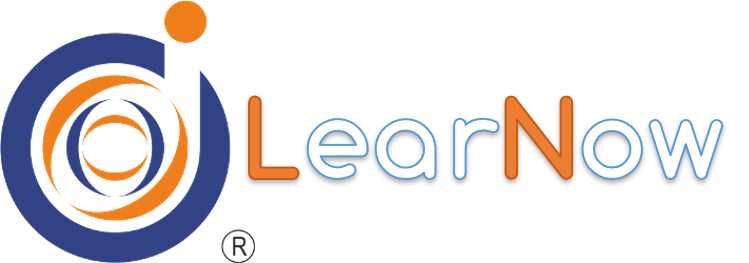
What Systems Are Used In E-Learning?
The focus of traditional education has always been on bringing together teachers and students at the same time. The emergence of the online e-Learning system made learning more dynamic and enabled learners to study outside of a classroom, even if its worth has been demonstrated to be beneficial for the longest period. It has completely changed how education is imparted and pursued by utilizing widely available technological tools and materials.
What Is E-Learning?
e-Learning is a strategy in which educational resources are made available online through computers, smartphones, and other electronic equipment. It may be distributed in a variety of ways, including talks, movies, online classes, simulations, and many more. You may set it up for either synchronous learning or self-paced learning, making it a versatile learning option.
As a result, you may modify your learning program to meet the demands of your trainees and the training goals. It acts as a useful and speedy method of delivering training courses on a large scale. In contrast to conventional training programs, e-Learning allows you the chance to use tools and platforms like e-Learning systems to improve learner engagement and carefully monitor the learners' learning progress. Nowadays many vital corporate training programs, such as Leadership Training or soft skills training are imparted with the help of e-learning. This way the training becomes more effective and engaging.
What Is An e-Learning System?
An e-learning system is a digital platform that provides educational content. The system can include a wide range of features like instructional videos, interactive quizzes, and other types of content.
There are many advantages to using an e-learning system. It can provide an effective learning experience for people who are interested in a particular topic or skill set. It also allows them to learn at their own pace and on their own time.
Given the contemporary environment of fast-changing sectors, distributed workforces, and reliance on internet technologies, they are also compatible with the majority, if not all, of organizations.
What Does LMS mean?
The full form of LMS is Learning Management System. It is a system that manages educational materials, and authoring tools, and provides access to learning content from any device.
An LMS can be used for a variety of purposes including:
- Managing courses and classes
- Facilitating the creation of online courses
- Providing accessibility to learning content
- Assessing learner progress and many more.
What Should An E-Learning System Do?
Learning Management System is a fairly descriptive word that tells itself what an LMS should do. A software application created to provide your educational or training materials, measure their usage, and then provide you with information on how everything is going—or not—is referred to in this context as the "system." "Management" refers to this system's administrative portion. In other terms, it becomes automated once it is set up. You are not required to be there for every action. Last but not least, no matter what kind of learning is taking place, that is ultimately what this method is all about.
In conclusion, an LMS should make it simple for you to arrange content into modules and courses, keep track of which trainees/students are performing which activities, and make this information accessible to you so you can evaluate how effectively your objectives are being met.
Characteristics That A Good E-Learning System Should Possess
A good eLearning system should have the following features present, listed below:
- eLearning authoring tools- to create your lesson or course material fast
- A mobile-friendly platform, as smartphones are currently the most used digital tool
- Scalability- Your e-learning platform must be able to expand to meet your demands.
- Comprehensive, interactive, and real-time for learning anytime, anywhere.
- A dependable hosting solution—so that your training or instructional materials are accessible when needed.
- Responsive tech support to answer
- An affordable price—an e-learning system doesn't have to blow the cash for the company
- One/ more than one solution that adheres to the standard, such as SCORM, Tin Can API, IMS LTI, and AICC.
- Gamification components are used because learning and training should be interesting.
- Comprehensive analytics and reports—to enhance your courses through real-world learner feedback.
Systems That Are Used In E-Learning
Below are some of the popular systems that can be used in eLearning:
1. Microlearning
Microlearning is the teaching and learning of knowledge in manageable, small portions. Few people are able to process a deluge of material in a single course or session, but it has been clinically demonstrated that segregating it into smaller chunks increases absorption. Due to its increased effectiveness over traditional training, microlearning should be a key component of any electronic learning system you employ for business training, retail training, or just general learning of any sort.
2. Electronic Learning System Templates
Even with all of eLearning's advantages, it's still simple to become mired down in a sea of multiple-choice or true-or-false questions. You may select from a range of templates on a reputable electronic learning platform. In this manner, you may have participants react in vastly diverse ways to questions of the same type. You may make use of word searches, swipe-right lessons, scratch-to-reveal quizzes, and more. In this manner, you may include components of each into microlessons and keep your participants hooked. For instance, these processes can be incorporated into a critical Leadership Training initiative to make it more intriguing for learners.
3. Cloud-based Learning
Few locations on earth have broadband infrastructure that enables an organization to distribute sizable course materials and files to significant numbers of people. Additionally, doing so would make managing version control and content upgrading exceedingly challenging. But if your electronic learning platform is cloud-based, you can rapidly and effortlessly modify your courses or lessons anytime you want, and all of your participants will have availability to the updated material right away.
4. Mobile-First Learning
Nowadays, almost everyone in the developed world owns a smartphone, especially those who work in an office setting. By enabling learners to utilize their own cell phones, they may complete classes and training programs whenever and wherever it is most convenient for them.
Final Words
With the proper combination of these systems above, even traditional classrooms can be greatly improved. There is no one-size-fits-all approach to eLearning development, as every company and academic institution has different goals and objectives. You can then use this information to determine which platform will work best for your needs.
With changing dynamics of online learning, the systems are also being updated to incorporate new ways of learning. E-learning is not just confined to a few people learning in a classroom. This form of learning is now available to a wide range of audiences and in a variety of industries. It can be used by individuals or companies with different functions and requirements.
